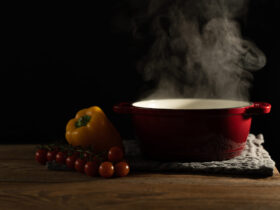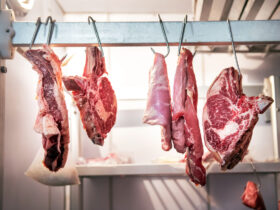Blanching is a culinary technique where food is briefly immersed in boiling water and then immediately cooled in ice water or a rapid cooler. This process serves various purposes in the kitchen, such as pre-treating vegetables before freezing, loosening tomato skins, removing bitterness from certain vegetables, or preserving the color of green vegetables.

Blanching food step by step

Benefits of blanching your food
Deactivating Enzymes: By briefly heating vegetables, fruits, or nuts to at least 68°C, enzymes are deactivated. Enzymes are natural substances that tend to alter foods during storage and preparation (oxidation), affecting color, flavor, and texture. Blanching helps food stay fresh longer and maintain its quality.
Preserving Green Color: A specific molecule breaks down chlorophyll, responsible for the vibrant green color of foods. Temperatures above 68°C destroy this molecule. However, it’s crucial to cool the food through an ice bath or rapid cooling to prevent further breakdown of chlorophyll due to heat.
Optimizing Freezing: Blanching prevents uncontrolled discoloration of your products during freezing. Additionally, some cells burst during blanching, resulting in less damage to the structure of your food during freezing without a shock freezer.
Slowing Spoilage: Blanching also kills bacteria and yeasts present on the surface of foods, helping to slow down spoilage and extend shelf life. In some cases, blanching is used to sterilize food, especially when canning or preserving in jars.
Loosening Skins: Blanching foods such as tomatoes or peaches can also help facilitate the removal of skins.
In conclusion, blanching contributes to improving the quality and safety of food, especially when it is to be further processed or stored. However, it’s essential to observe the correct time and temperature for blanching depending on the type of food, as prolonged blanching can affect quality.













Leave a Reply
View Comments